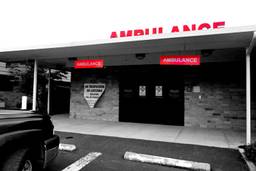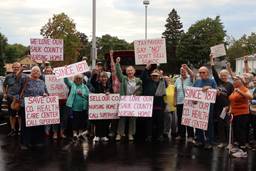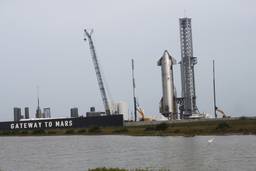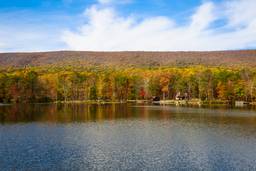Rural Black Lives Matter
After Travon Brown found a cross burning in his yard, he organized a Black Lives Matter march in the rural town of Marion, Va., where hundreds of angry counter-protestors were ready and waiting.
Mason Adams
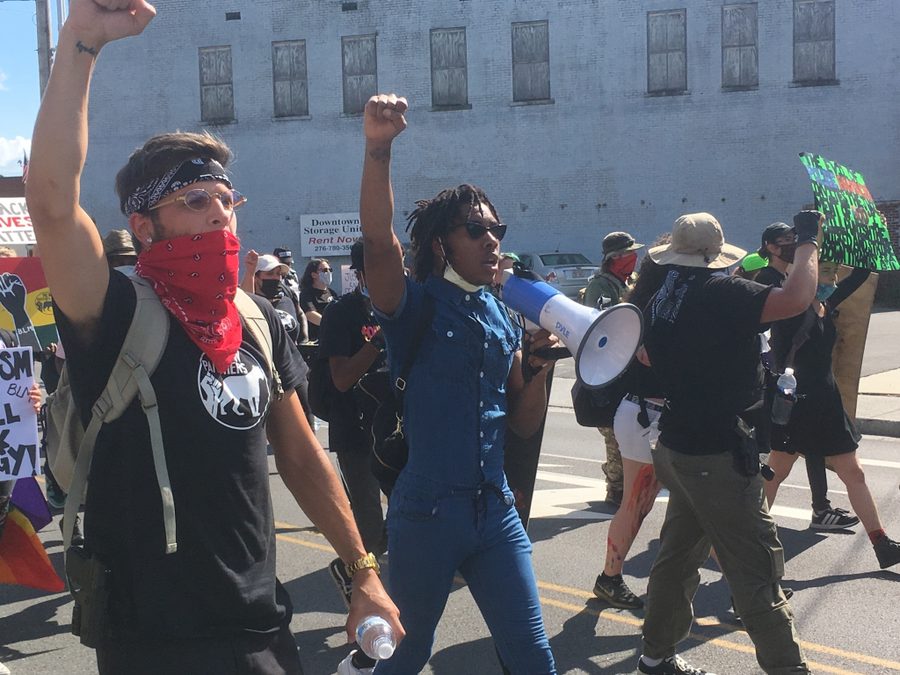
MARION, Va. — “I’m going to tell y’all right now, these people want any reason they can find to shoot you in the head,” Arron Rashad said, referring to a crowd of counterprotesters.
Rashad was speaking to about 200 demonstrators in support of Black lives and the LGBTQ community in the small Appalachian town of Marion on July 3.
Support for the Black Lives Matter movement surged after Minneapolis police officers killed George Floyd in late May, reaching places like Marion, a town of fewer than 6,000 in southwestern Virginia’s Great Valley. Marion’s residents are 88% white and 9.6% Black, according to Census data. The surrounding Smyth County is only 2.5% Black.
It may not be too surprising, then, that the marchers Rashad was addressing found themselves confronted by about 200 counterprotesters, half a dozen on motorcycles.
Some of the counterprotesters, wearing Confederate iconography, yelled at black-clad members of the New Panther Initiative as they stood at the front of the crowd and raised their fists in defiance. The burgeoning local civil rights group had organized the march.
Not long after, the march paused in a Walmart parking lot for participants to rehydrate and regroup. Rashad, a member of the New Panther Initiative, warned marchers not to wander off or engage with the counterprotesters.
His warning was not hyperbole. After a march three weeks earlier, a cross was burned outside the Marion home of 17-year-old organizer Travon Brown, a founding member of the New Panther Initiative.
The New Panthers launched out of Johnson City, Tennessee, an hour’s drive south of Marion, in the wake of the police killing of George Floyd. The group sponsored a series of Black Lives Matter marches in mountainous eastern Tennessee and southwestern Virginia, as well as fund drives for low-income families and educational forums on such topics as white privilege and the history of the Black Panther Party (with which the New Panthers are not affiliated). This level of activism is relatively unprecedented for the region, underscoring the momentum of the current movement.
Brown organized the first march in Marion in mid-June. Rumors spread that participants were out to riot and tear down a Confederate statue in front of the Smyth County Courthouse. Brown says that was never his intention.
Counterprotesters showed up for the mid-June march, too, but it ended peacefully. That night, police were called to Brown’s house as a wooden cross was burning in a barrel, a throwback to intimidation tactics made infamous by the Ku Klux Klan. A 40-year-old white man was arrested and faces charges related to the cross-burning.
“When someone burnt that cross in my yard, that motivated me to go harder,” Brown says. “That motivated me to go stronger for my people of color, for African Americans.”
Brown struggles, however, with the emotional effect of being targeted by a cross-burning.
“I’m not able to go to sleep some nights,” Brown says. “I stay up until 4 or 5 [in the morning] because I’m worried about what might happen to my mom because I’m out here marching, to my sister.”
The cross-burning drew national attention. The reaction, along with the promise of Travon Brown’s attendance, brought an extra intensity to the rally July 3. When counterprotesters caught wind of the impending New Panther protest, they planned a separate rally at the courthouse. Local police enlisted officers from additional sheriff’s departments and law enforcement agencies for a “hundreds-strong” presence, installing nearly 1,000 feet of barricades.
By early afternoon, the counterprotesters had gathered downtown with prominent displays of thin blue line flags, Confederate flags and traditional American flags. Many carried guns, including several militiamen. Few wore masks, which were prominent among the New Panther group.
“I am here so this town does not get ripped apart,” said Smyth County resident Courtney Pierce. “We are not a racist town and this was not a problem until this kid decided to bring it to Marion.”
For 40 minutes, marchers led by the New Panthers faced down counterprotesters across a gulf, counterprotesters waving their flags, revving their motorcycles and shouting, “Go home!” Jonathan Jackson, a white Marion resident in the march, shouted back, “I am home!”
After a few tense moments of chants and name-calling, the New Panthers encouraged anyone with children to leave out of safety concerns. Then, it all ended. No arrests. No property damage.
Numerous counterprotesters referred to Travon Brown as a “troublemaker,” but what Brown was doing looks a lot like what the late civil rights icon U.S. Rep. John Lewis called “good trouble, necessary trouble.”
The New Panthers wasted no time pushing forward. The following week, the group organized a march in Rogersville, Tennessee. The only arrests made were counterprotesters, including several affiliated with white supremacist groups.
The march went “great,” Brown says, and adds the next step for the New Panther Initiative has to be a “call to action,” looking to the future. “That grandma, that grandpa isn’t always going to be here — it’s time for us to step up in their position and start leading this country.”

